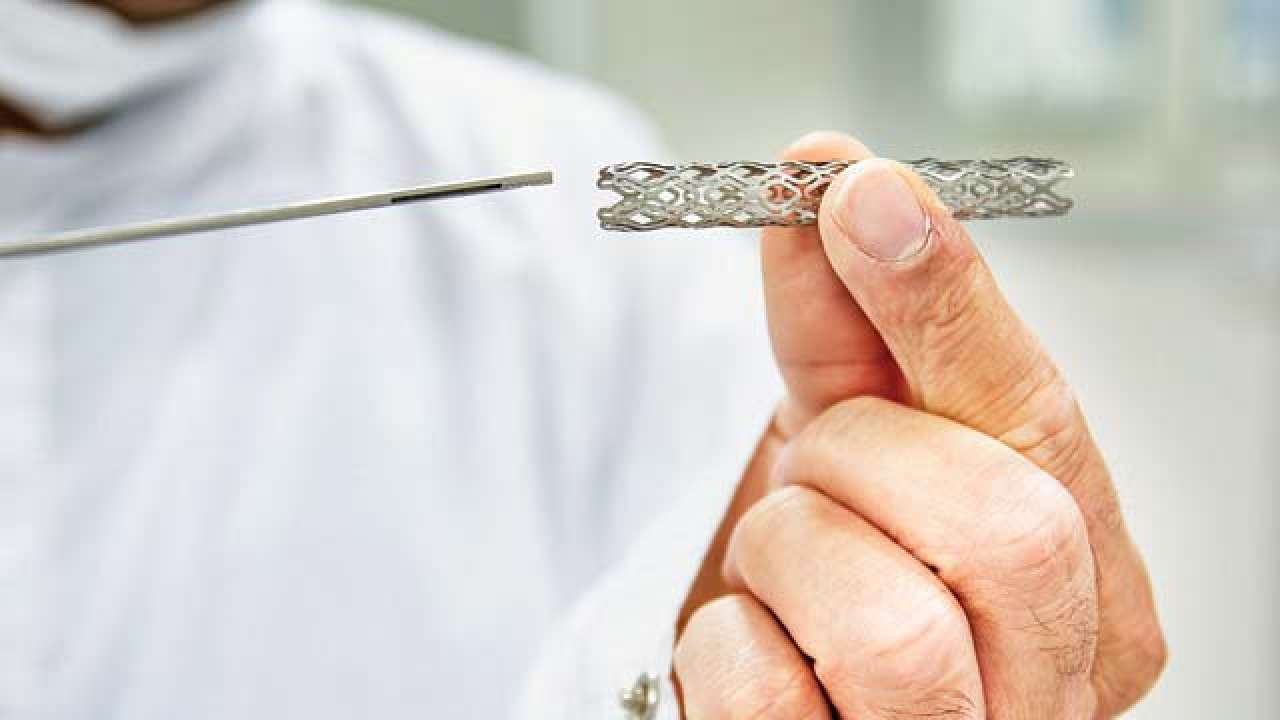
The National Pharmaceutical Pricing Authority (NPPA), using its powers under the Drugs Price Control Order 2013, capped the prices of cardiovascular stents and knee implants. NPPA has powers to fix the prices of all medical devices (MD) notified as drugs under the Drugs and Cosmetics Act. The price of stents is fixed at Rs 7, 260 Bare Metal Stents (BMS) and Rs 29, 600 Drug Eluting Stents (DES). Price of the cobalt chromium knee implant is fixed at Rs 54, 720 against an earlier MRP of Rs 1,58,324. The price of titanium and oxidised zirconium is fixed at Rs 76,660 from Rs 2,49,000.
As expected, foreign manufacturers of these MDs, organisations linked to these entities and doctors associated with the corporate hospitals came out against NPPA’s decision. These opponents of the decision do not contest the prime objective of the price control i.e., ensuring access at an affordable price. The main objection is the detrimental effect of price control on innovation and the denial of innovative MDs to patients in future. They argue that the price ceiling reduces the profit margin and thus undermines the resource allocation for innovation. It is important to look at the real beneficiary high prices of MDs in India before examining the merits of the argument.
The data gathered by NPPA shows that hospitals were the main beneficiary of the pre-price control stent market. As per NPPA data hospitals used to obtain 436 per cent margin from patients for (BMS) and 654 per cent margin in the case of DES against MRP. NPPA data also reveals that the minimum (Rs 16,749) and maximum landing price of imported DES (Rs 40,820) and the minimum and maximum MRP for the same were Rs 40,000 and Rs 1,98,000. Similarly, in the case of knee implants, NPPA found that against a minimum and maximum landing price of Rs 23,408 and Rs 65,781, the minimum and maximum MRP were Rs 59,091 and Rs 4,13,059. Hospitals used to obtain an average of 178 per cent margin from the patients. While fixing the prices of stents and knee implants, NPPA also fixed 8 per cent as the margin hospitals can charge from patients. Thus, the real loser of the price ceiling is hospitals, not the manufactures.
The argument against price control in the interest of innovation assumes that all innovations are good for patients. In reality, patients do not benefit from all innovations in MD or medicines. Some innovations not only fail to provide any benefit, but also endanger a patients’ life or safety. For instance, Abbotts’s much-hyped bio-absorbable stents were withdrawn from the market due to reports of adverse effect on patients. Therefore, medical innovations should be assessed on the basis of the patient outcome in light of evidence emerging from the clinical trial and health technology assessment. The Minutes of the NPPA decision clearly show that it considered such evidence while fixing the price of stents and knee implants. In the absence of evidence, NPPA fixed the same price for DES and bio-absorbable stents. NPPA also rejected claims for a differential price for DES made of steel and cobalt. In the absence of evidence of superiority, NPPA fixed a 40 per cent trade margin for cobalt chromium knee implants against a 30 per cent trade margin for titanium and oxidised zirconium, which is an innovative product. Further, NPPA rightly observed that 40 per cent or 30 per cent trade margin with ceiling on trade margins to distributors and hospitals are enough to finance future innovation.
Advocates against price ceiling also ignore the following facts on medical innovation while arguing against price control. First, expenditure for innovations on the existing product always cost less than the development of a new product. Second, manufacturers based in developed countries invest for the new product development and developing country manufactures mainly carry out follow-on innovations. The cost of new product development and resource for future R&D often recouped from the developed country market. Third, there is no transparency with regard to the cost of R&D. Companies often inflate their R&D expenditure. Four, the initial cost of bio-medical R&D usually comes from public funding. As a result, the entire cost of R&D is not borne by the innovator.
Often, hospitals and doctors push costly imported MDs, offering high margins to patients by lying on the added benefits without any evidence. These actors also force domestic manufacturers to fix a high MRP and thus eliminate the opportunities to generate competition in the market. The actions of NPPA thus create a level playing field for the domestic manufactures and generate competition in the market.
In the name of innovation, one should not support high prices, which is mainly pocketed by hospitals in the case of MDs. Such an approach compromises access to MDs and promotes profiteering at the cost of right to health and right to make use of science and its applications. The government should expand price control to cover other notified MDs notified under the Drugs and Cosmetics Act. The notification includes high volume MDs such as syringes, IV cannula, catheters etc., which are currently sold to patients at 500 per cent to 100 per cent trade margins.
The author is a researcher associated with the Third World Network